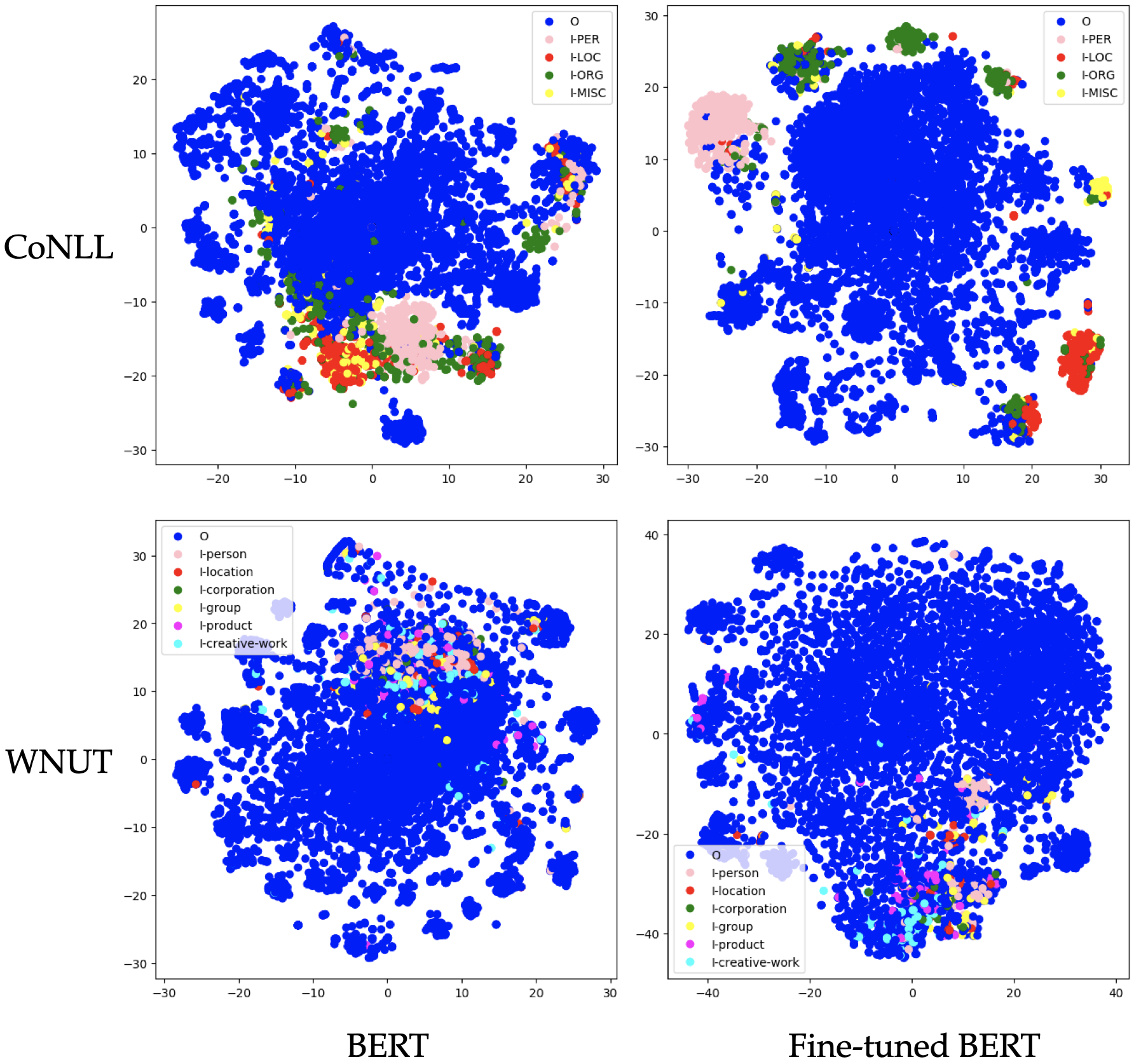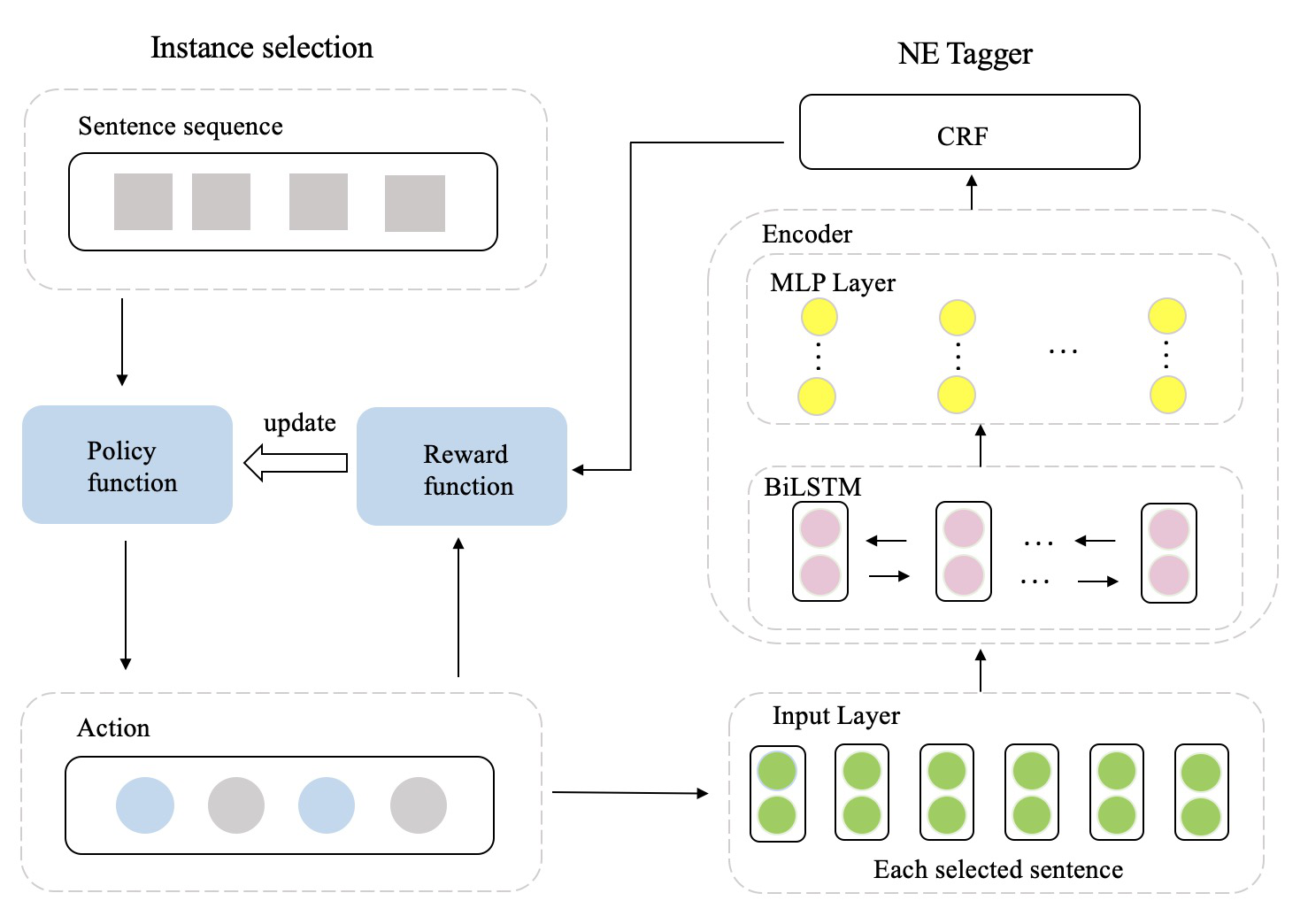HIT: Nested Named Entity Recognition via Head-Tail Pair and Token Interaction
Yu Wang, Yun Li, Hanghang Tong, Ziye Zhu
Syntax: Tagging, Chunking, and Parsing Long Paper

You can open the pre-recorded video in a separate window.
Abstract:
Named Entity Recognition (NER) is a fundamental task in natural language processing. In order to identify entities with nested structure, many sophisticated methods have been recently developed based on either the traditional sequence labeling approaches or directed hypergraph structures. Despite being successful, these methods often fall short in striking a good balance between the expression power for nested structure and the model complexity. To address this issue, we present a novel nested NER model named HIT. Our proposed HIT model leverages two key properties pertaining to the (nested) named entity, including (1) explicit boundary tokens and (2) tight internal connection between tokens within the boundary. Specifically, we design (1) Head-Tail Detector based on the multi-head self-attention mechanism and bi-affine classifier to detect boundary tokens, and (2) Token Interaction Tagger based on traditional sequence labeling approaches to characterize the internal token connection within the boundary. Experiments on three public NER datasets demonstrate that the proposed HIT achieves state-of-the-art performance.
NOTE: Video may display a random order of authors.
Correct author list is at the top of this page.
Connected Papers in EMNLP2020
Similar Papers
Scalable Zero-shot Entity Linking with Dense Entity Retrieval
Ledell Wu, Fabio Petroni, Martin Josifoski, Sebastian Riedel, Luke Zettlemoyer,

LUKE: Deep Contextualized Entity Representations with Entity-aware Self-attention
Ikuya Yamada, Akari Asai, Hiroyuki Shindo, Hideaki Takeda, Yuji Matsumoto,

Simple and Effective Few-Shot Named Entity Recognition with Structured Nearest Neighbor Learning
Yi Yang, Arzoo Katiyar,

